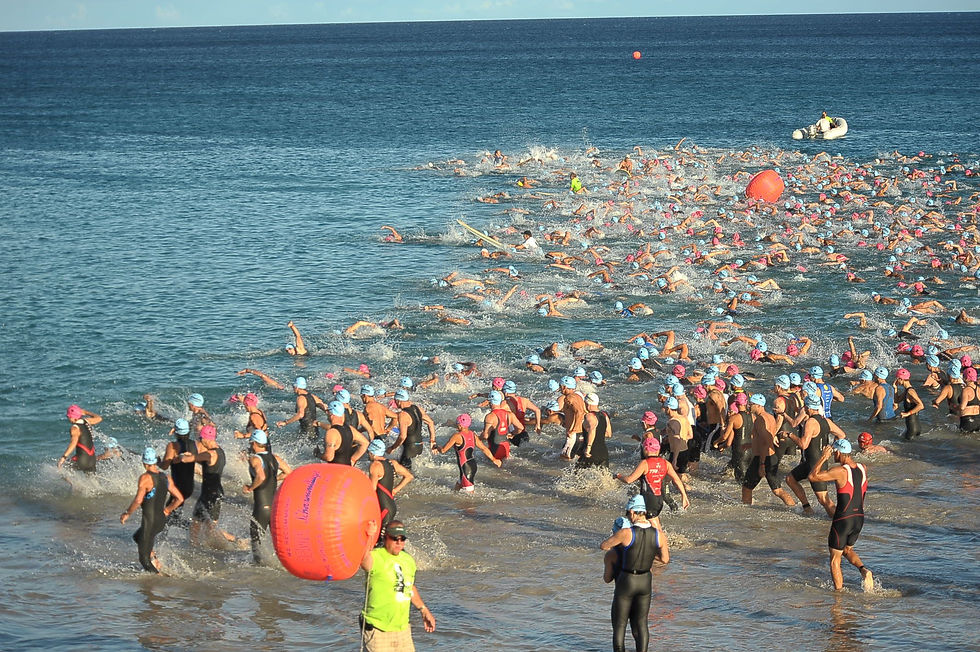Vary Workouts for Best Results
- Ron Saetermoe
- Apr 17, 2024
- 2 min read
Here’s an article from former Triathica employee, Alison Wolfe, C.S.C.S.
When training for any endurance event there are four basic principles that all athletes should be familiar with. These four variables all relate to one another and can be applied to any workout regimen: frequency, intensity, volume, and rest (FIVR). Training frequency refers to the number of training sessions that have been completed in a given period of time; for example, one week. When deciding on training frequency, an athlete needs to consider their current training status, the season they are in and the other variables of intensity, volume, and rest. The variable of rest is a very influential factor in determining the frequency of your workouts. You need to make sure that you are getting adequate rest between workouts and allowing your body sufficient recovery.
Athletes who are training at maximal or near-maximal intensity need to consider the frequency of these max workouts and how much rest they need in between sessions. As the intensity of their workouts progresses, the frequency of those workouts needs to be lessened and more rest is required for adequate recovery. The ability to train more frequently can be increased by alternating lighter and heavier training days and using a variation of workouts. Every athlete needs to also consider their occupation. If an athlete has a physically demanding job or are on their feet all day they may not be able to benefit from the same training frequencies and intensities that less active professionals are able to complete.
The volume that an endurance athlete performs is quantified in distance. The demands placed on an athlete’s body by performing those distances require a specific amount of metabolic energy and physiological stress. These must be closely monitored to avoid exhaustion and symptoms of over training. When training days consist of long workouts, be sure that the frequency of these workouts are manipulated to allow you enough rest in between.
A combination of all of these components of frequency, intensity, volume and rest must be taken into consideration when planning your workouts. Do not plan on too many long distance workouts back to back and try to avoid high intensity workouts too close together. Always make sure that you are getting enough rest and time to let your body heal and recover, only then are you getting the adaptations that are going to make you a faster and more efficient competitor.
If you don’t feel you can perform a scheduled workout up to your ability, do an active recovery session instead, or just skip it altogether. A workout means nothing if you don’t allow your body time to heal. It can actually hurt your performance believe it or not.
Change up your workouts and always be monitoring your body for what it needs, both physiologically and physically. If you need a break, take one, your workouts and your competition goals should be challenging but still fun. Enjoy your workouts.
See you at the races!
Cheers!
Coach Ron Saetermoe





Comments